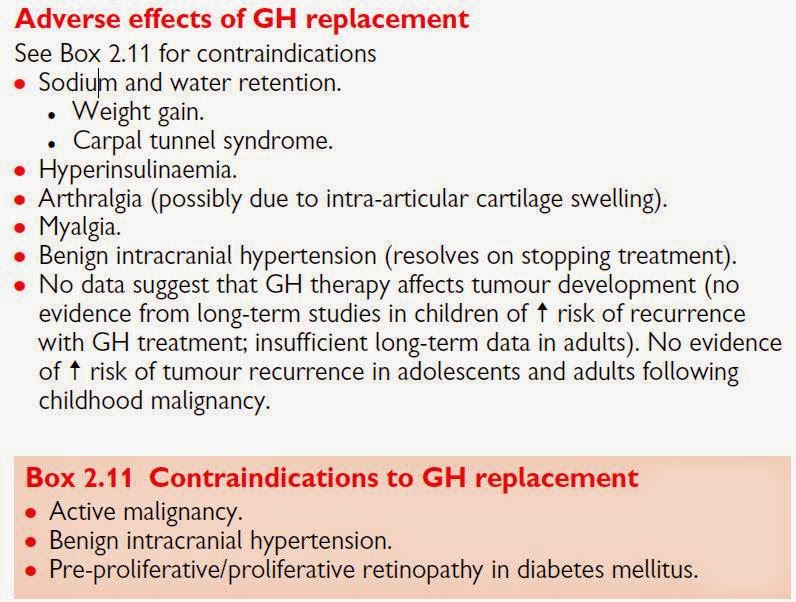Charcot’s neuroarthropathy affects the joints and bones of the feet. The development of this condition include severe peripheral neuropathy and autonomic dysfunction with increased blood flow to the foot; the peripheral circulation is usually intact.
The actual pathogenesis is poorly understood; however, the patient is vulnerable to trauma that may not recall. Repetitive trauma results in increased blood flow through the bone, increased osteoclastic activity, and remodeling of bone. In certain cases, patients walk on a fracture, which leads to continuing destruction of bones and joints in that area. Acute Charcot’s neuropathy may be triggered by any event that leads to localized inflammation. This may trigger a vicious cycle in which there is increasing inflammation, increasing expression of RANKL (a member of the tumor necrosis factor superfamily), and increasing bone breakdown.
Charcot’s neuropathy is sometimes difficult to distinguish from osteomyelitis or an inflammatory arthropathy. A unilateral swollen, hot foot in a patient with neuropathy must be considered to be a Charcot foot.
Charcot’s arthropathy can be diagnosed in most patients by plain radiography and a high index of suspicion. Radiographs may reveal bone and joint destruction, fragmentation, and remodeling. In such cases, the three-phase bisphosphonate bone scan shows increased bone uptake, although the 111In-labeled bone scan will be negative in the absence of infection.
Management of the acute phase involves immobilization. Evidence suggests that treatment with bisphosphonates, which reduce osteoclastic activity, may reduce swelling, discomfort, and bone turnover markers. Although Charcot’s neuroarthropathy is rare, it should be suspected in any patient with unexplained swelling and heat in a neuropathic foot.


